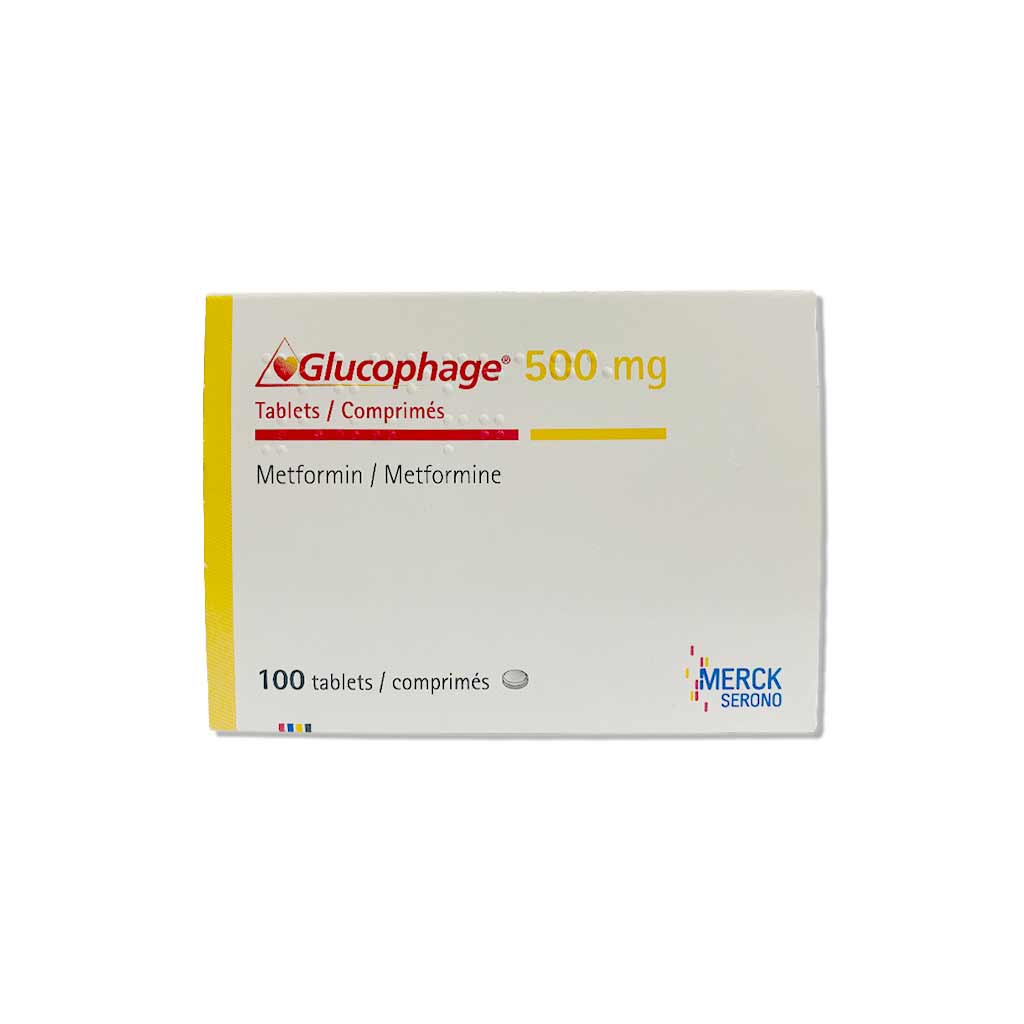What Are the Most Needed Medical Equipment? A Complete List
The cornerstone of healthcare systems everywhere is medical equipment. These devices, which can be as basic as diagnostic tools or as complex as life-support systems, are essential to patient care.
We'll examine the many varieties of medical equipment today in this post, emphasizing the key components. In the medical field, where they support early diagnosis, patient care, and treatment, these essential instruments are indispensable. We'll also talk about the challenges encountered in getting these essential tools and the solutions found.
Categories of Medical Equipment
Simple diagnostic equipment forms the foundation of healthcare. These devices aid in the early detection and diagnosis of diseases, facilitating timely treatment.
X-ray machines, MRI scanners, and ultrasound devices fall under this category. They are pivotal in revealing structural abnormalities and diseases within the body.
These diagnostic tools provide invaluable insights to physicians. X-ray machines detect bone fractures and lung conditions, MRIs visualize soft tissues and internal organs, while ultrasounds monitor the development of fetuses and the condition of various body organs.
Life-support equipment is essential for maintaining vital functions during critical medical situations.
Ventilators and defibrillators are critical life-support equipment. Ventilators help patients breathe when they are unable to do so independently, while defibrillators deliver electric shocks to restore normal heart rhythms during cardiac emergencies.
These devices are lifelines during emergencies. Ventilators provide crucial respiratory support, and defibrillators can save lives by restoring normal heartbeats.
Surgical instruments are fundamental in various medical procedures and surgeries.
Scalpels, forceps, and surgical drills are common surgical instruments. They aid surgeons in performing intricate procedures with precision.
Surgical instruments are indispensable in the operating room. Surgeons rely on them to make incisions, remove tissue, and perform intricate procedures that save lives.
Monitoring and measurement devices are essential for continuous patient assessment and data collection.
Blood pressure monitors and ECG (electrocardiogram) machines are common monitoring devices. They help healthcare providers track a patient's vital signs and overall health status.
You my also add glucometres .
These devices provide real-time information, enabling healthcare professionals to make informed decisions and adjust treatment plans as necessary.
Rehabilitation equipment enhances the quality of life for patients with disabilities, aiding in their recovery and independence.
Mobility aids such as wheelchairs and prosthetic devices like artificial limbs are vital in this category.
Rehabilitation equipment empowers individuals with disabilities to lead fulfilling lives by regaining mobility and independence.
Most Needed Medical Equipment
Ventilators have gained critical importance during the COVID-19 pandemic, as they play a vital role in respiratory support for various conditions.
Ventilators are mechanical breathing devices that provide essential support to individuals with severe respiratory issues, such as those caused by pneumonia or acute respiratory distress syndrome (ARDS). During the COVID-19 pandemic, ventilators became a symbol of hope, ensuring that patients with severe cases had access to life-saving respiratory assistance.
Personal Protective Equipment is of significant importance in infection control and prevention.
PPE includes items like masks, gloves, gowns, and face shields. During infectious disease outbreaks, such as the COVID-19 pandemic, the demand for PPE surges as it is essential for the safety of healthcare workers and the general public. Ensuring an adequate supply of PPE is critical in preventing the spread of contagious diseases.
Diagnostic testing equipment plays a crucial role in early disease detection and surveillance.
These tools include laboratory machines and rapid diagnostic test kits. The ability to diagnose diseases quickly and accurately is essential in preventing the spread of infectious diseases and providing timely treatment. Advancements in rapid testing technology have made diagnosis more accessible and efficient.
Imaging and radiology equipment enhance diagnostic accuracy and treatment planning.
Sophisticated imaging devices, such as CT scanners and PET-CT machines, offer detailed insights into the human body. The demand for more advanced and accessible machines is increasing, as they aid in the early detection and diagnosis of diseases, ensuring better outcomes for patients.
Anesthesia machines are critical for ensuring patient safety and comfort during surgeries and medical procedures.
These devices enable precise control of anesthesia delivery, allowing surgeons to perform procedures with minimal discomfort for the patient. Ensuring the availability of reliable anesthesia machines is crucial for the success of surgical interventions.
Challenges in Access to Medical Equipment
Medical equipment can be incredibly costly. This presents a significant hurdle for healthcare facilities, especially those in financially constrained areas, when it comes to procuring the necessary devices. Finding ways to reduce costs and secure funding is of utmost importance.
Access to medical equipment isn't equal everywhere. Disparities exist between urban and rural areas, as well as among different countries. Achieving fair and equitable distribution is essential to ensure everyone has access to quality healthcare.
Medical equipment demands regular maintenance and occasional repairs to ensure they function correctly. Establishing maintenance programs and ensuring the availability of spare parts are crucial considerations to keep these devices in good working order.
Effectively using medical equipment requires proper training. Moreover, there must be a sufficient number of skilled personnel who can operate and maintain these devices.
Efforts are underway to tackle these issues and ensure that essential medical equipment is accessible.
Donation and aid programs play a vital role in providing medical equipment to underserved regions and communities. These programs are essential in bridging the gap in access to healthcare resources.
Governments play a crucial role in regulating the procurement, distribution, and maintenance of medical equipment. Sound policies are essential to ensure access to these devices and their safe and effective use.
Conclusion
From life-saving equipment to diagnostic tools, medical equipment is essential to healthcare. Despite obstacles like expenses and technological improvements, we must guarantee that everyone has access to these resources. Donations and creative endeavors are beneficial. Purchasing medical equipment is crucial for improved health and treatment.






Leave a comment